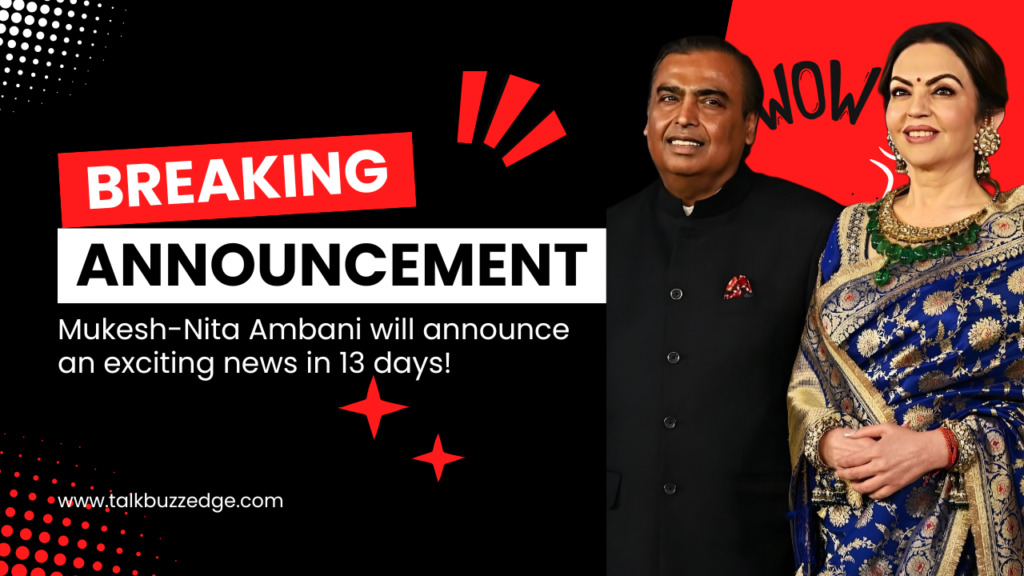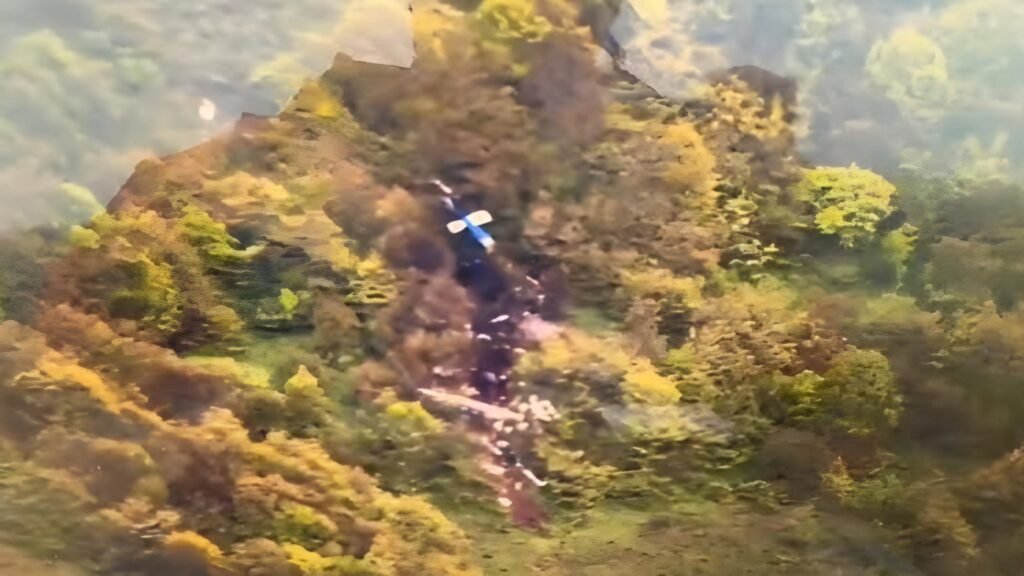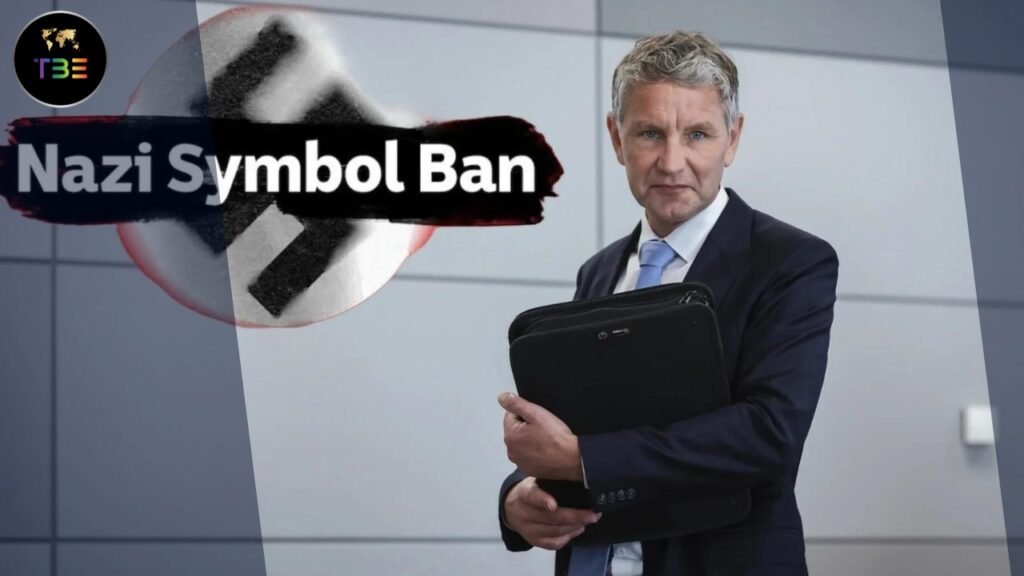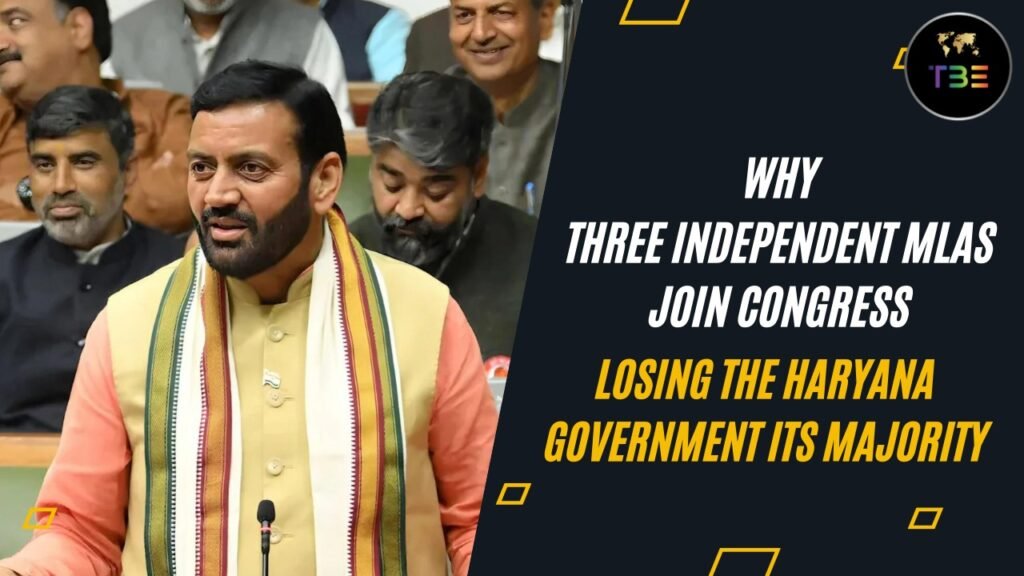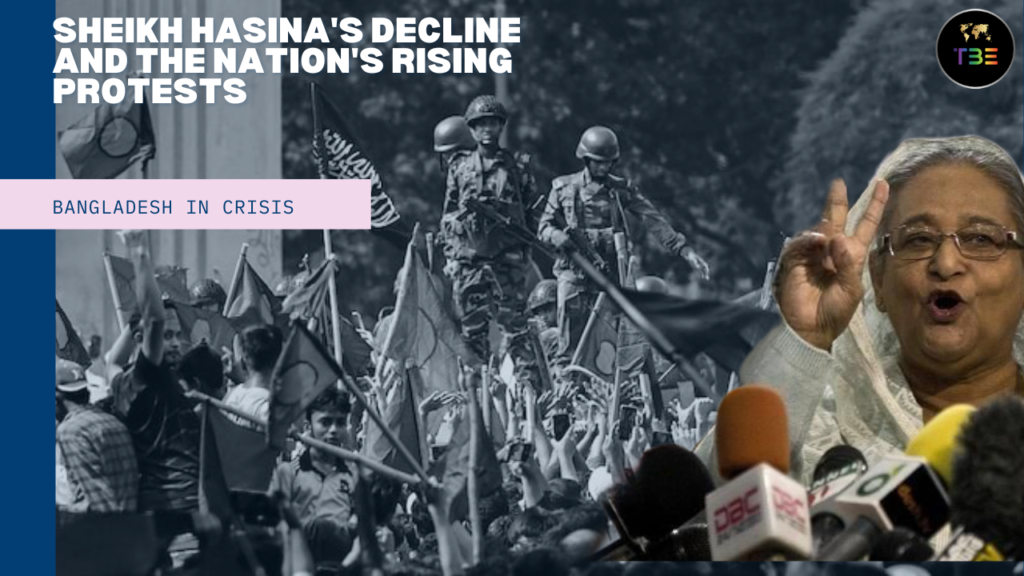
A Significant Change in Authority: General Waker-Uz-Zaman’s Bold Move
General Waker-Uz-Zaman, the head of Bangladesh’s armed forces, has revealed intentions to create a provisional administration with participation from all political parties, which is a startling development. Following intense national turmoil that resulted in Prime Minister Sheikh Hasina’s unexpected departure, this unusual decision has been made. Hasina is thought to be in Agartala, India, after leaving Bangladesh, and she is supposedly traveling to London. The country is currently in a state of upheaval due to this change in power, raising concerns about Bangladesh’s democracy’s future stability.
Hasina Escapes in the middle of chaos: The Indian Embassy’s role
It was the Indian embassy in Dhaka that made Sheikh Hasina’s dramatic departure possible. She was reportedly flown to safety on Monday around 2:30 PM by a military chopper. Despite being allegedly unexpected, Hasina’s escape highlights how serious the situation is. Hasina wanted to speak to the country before she left, but she was unable to give a goodbye speech. Reports verify that she touched down at the Hindon Air Force facility in Ghaziabad, Uttar Pradesh, and it is anticipated that she would depart for London immediately after.
Dhaka Under Siege: Protesters Storm the Prime Minister’s Residence
The Dhaka crisis came to a breaking point on August 5. As the violence grew more intense, hundreds of thousands of protestors took over the prime minister’s residence. It was the worst weekend yet during the crisis, which started in July, with many fatalities reported. To manage the situation and stifle information flow, authorities have disconnected Internet connection and instituted an indefinite curfew by the military in reaction to the pandemonium. According to accounts from the local media, since the violence started, about 300 people have perished.
Student protests and the government’s response: the causes of discontent
Dissatisfaction with a quota system that gave a sizable share of government posts to descendants of the war veterans of 1971’s independence was the first cause of the protests that rattled Bangladesh. Students, who were the main protestors, said that meritocracy had been destroyed and that the system disproportionately benefitted the members of the Awami League party. Following Prime Minister Hasina’s contentious remark on July 14 that cast doubt on the accuracy of the demonstrators’ complaints and denigrated the “Razakars“—collaborators who aided Pakistani soldiers in the conflict—tensions sharply increased. The already explosive situation was heightened by this comment. The government used tear gas, rubber bullets, and imposed a curfew with shoot-to-kill orders as a result of the demonstrators’ increasing use of force against security personnel by July 16. Violent episodes were only made worse by the government’s reaction, which included cutting down Internet access.
From Reform to Revolution: The Supreme Court’s Role
The demonstrations persisted even after the Supreme Court decided in late July to lower the veterans’ quota from 30% to 5%. Although the court’s ruling addressed one of the demonstrators’ primary requests, it was insufficient to calm everyone’s discontent. Originally sparked by student complaints, the campaign grew in support among radical and opposition parties. New demands surfaced as the rallies grew, including requests for Hasina to apologize and for the resignation of the police chief and home minister.
Radicalization and Islamist Involvement: A New Dimension to the Unrest
The involvement of Islamic extremists gave the protests a new focus. Organizations that support Sharia-based management, such as Islami Shashontantra Andolan, publicly participated in the protests. According to reports dated August 2, Islamist preachers rallied people against the government by using Friday prayers to stir up more trouble. Pictures of armed demonstrators, including men dressed traditionally, brandishing sticks and blades, highlight the movement’s growing radical ideology.
Prospects for Change and Uncertainty in the Road Ahead
Uncertainty surrounds Bangladesh’s future as it talks an extraordinary moment of unrest. Though it is still early, the General Waker-Uz-Zaman-led provisional administration appears to be committed to fairness and inclusivity. The intense situation is reflected in the military’s strict supervision and the ongoing curfew. With more security measures along the Bangladesh-India border signifying growing regional worry, the international world, especially India, is keeping a careful eye on the situation.
The nation’s democratic institutions are at risk, as seen by the current volatility, and a resolution that takes into account the demonstrators’ immediate complaints as well as the nation’s long-term stability is imperative. The current situation serves as a crystal-clear reminder of the difficulties involved in political transitions and the effects of persistent public unrest while the nation waits for the return to normalcy and the eventual elections
ALSO READ: Regarding Caste: Lessons Rahul Gandhi Could Take From His Father


